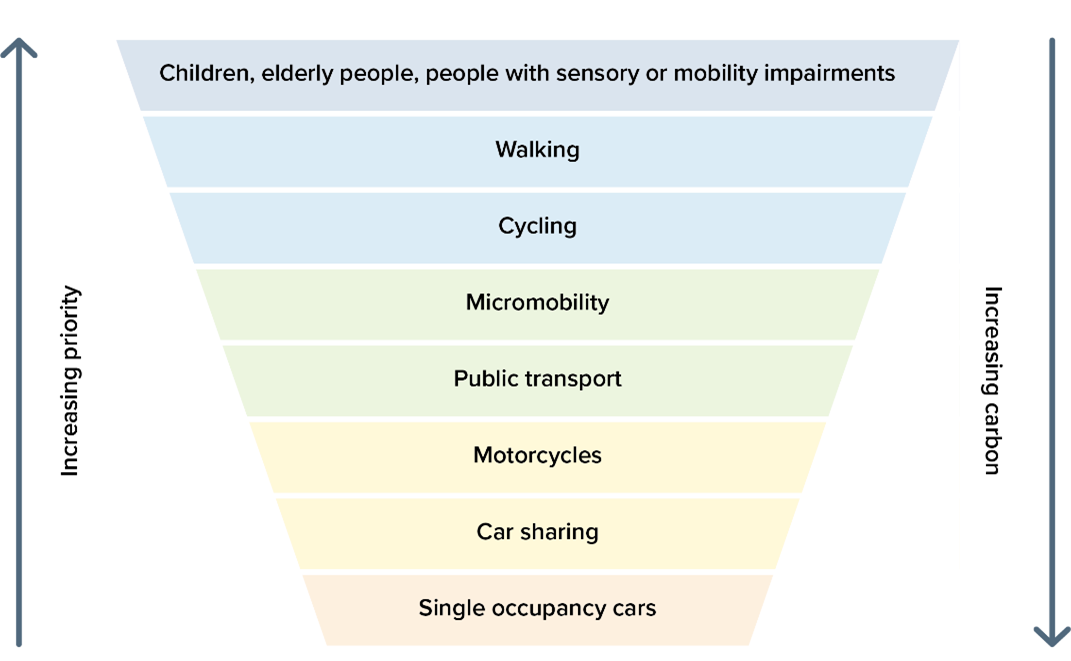Ensuring the safety of all road users in Jersey is a crucial component of the wider Safe System Approach. In a region with unique road characteristics such as narrow, winding lanes and limited pedestrian pavements, the responsibility of creating a safer road environment is shared by everyone, from policymakers to individual road users.
Key Elements of Safe Road Users in Jersey:
-
- Legislative Change: To enhance road safety, it is essential to review and update existing traffic laws. Legislative changes are needed to address modern road safety challenges, including stricter regulations on drink-driving, distracted driving, and speeding. By strengthening these laws, we can create a legal framework that better protects all road users.
-
- Review of Motoring Offence Sentencing: The current sentencing guidelines for motoring offences in Jersey need a comprehensive review. Harsher penalties for serious offences such as dangerous driving, driving under the influence, and reckless behaviour can serve as a deterrent. Additionally, consistent enforcement of these penalties ensures that offenders are held accountable, thereby promoting safer driving practices.
-
- Behavioural Change: Changing the behaviour of road users is critical for improving road safety. Public awareness campaigns, educational programs, and community initiatives can help shift attitudes towards safer driving habits. Encouraging road users to be more vigilant, patient, and considerate can significantly reduce the risk of collisions.
-
- Vulnerable Road Users: Special attention must be given to vulnerable road users, including children, elderly people, pedestrians, cyclists, and those with sensory or mobility impairments. Implementing specific measures to protect these groups is vital. This includes creating safe pedestrian crossings, dedicated cycling lanes, and traffic-calming zones around schools and residential areas.
Strategies for Protecting Vulnerable Road Users:
-
- Pedestrian Safety: Enhancing pedestrian infrastructure, such as sidewalks, safe crossings, and adequate street lighting, can protect those on foot. Educational programs can also teach pedestrians about road safety practices.
-
- Cyclist Safety: Establishing dedicated bike lanes and promoting the use of protective gear are key steps in safeguarding cyclists. Awareness campaigns can also educate both cyclists and motorists on sharing the road responsibly.
-
- Children and Elderly Safety: Implementing school zones with lower speed limits, clear signage, and crossing guards can protect children. For the elderly, providing well-marked pedestrian paths and benches along walking routes can make travel safer and more comfortable.
Road User Prioritisation
Graphed below is combined hierarchy for safe, sustainable, low carbon transport :

The hierarchy depicted in the image highlights the prioritisation of different modes of transportation and user groups in the context of road safety and environmental impact. Here’s an explanation of why this hierarchy is important for safer roads:
- Vulnerable Road Users (Top Priority):
- Children, Elderly People, and People with Sensory or Mobility Impairments: These groups are the most vulnerable on the roads and require the highest level of protection. Prioritising their safety ensures that the road environment is accessible and safe for everyone, particularly those who are most at risk.
- Active Transportation:
- Walking and Cycling: Encouraging walking and cycling not only promotes physical health but also reduces traffic congestion and emissions. Prioritising these modes involves creating safe pedestrian crossings, dedicated cycling lanes, and traffic-calming measures to protect these users from vehicular traffic.
- Micro mobility:
- Micro mobility (e.g., e-scooters, e-bikes): These modes of transport are efficient for short distances and have a lower environmental impact compared to motor vehicles. Integrating safe pathways and regulations for micro mobility devices can reduce the risk of collisions and encourage their use as a sustainable alternative.
- Public Transport:
- Public Transport: Providing reliable and safe public transport options reduces the number of private vehicles on the road, leading to less traffic congestion, lower emissions, and a decreased likelihood of road collisions. Safe infrastructure for public transport users includes well-designed bus stops, shelters, and safe boarding and alighting zones.
- Motorcycles:
- Motorcycles: Although more carbon-efficient than cars, motorcycles pose higher risks in traffic due to their smaller size and vulnerability in collisions. Ensuring that motorcyclists have safe lanes and are aware of road safety measures is crucial to reducing collisions involving motorcycles.
- Car Sharing:
- Car Sharing: Promoting car sharing can decrease the number of vehicles on the road, thus reducing traffic congestion and environmental impact. Safe car sharing involves clear regulations and designated parking spaces to ensure the safety and convenience of users.
- Single Occupancy Cars (Lowest Priority):
- Single Occupancy Cars: While still an essential mode of transport, single occupancy cars have the highest carbon footprint and contribute significantly to traffic congestion. Prioritising other modes over single occupancy cars encourages the use of more sustainable and safer transport options.

